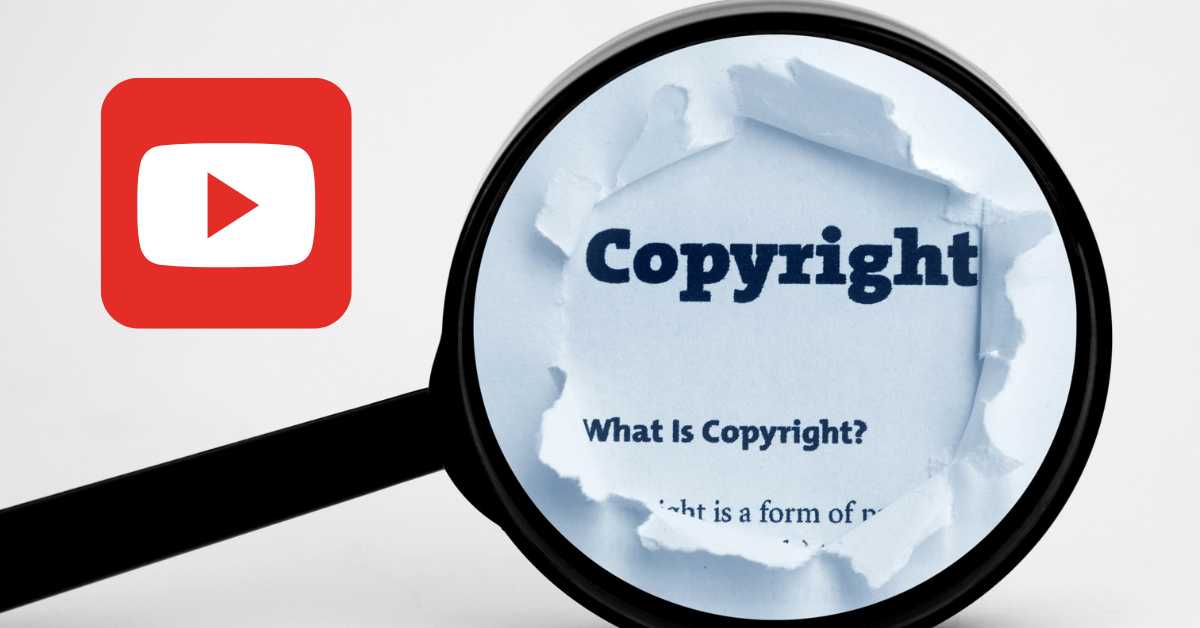In today’s digital era, YouTube has become a top place for creators all around to showcase their talents and distribute products. Still, the freedom of expression carries the responsibility to carefully manage YouTube copyright rules.
Avoiding legal hot spots and safeguarding intellectual property depend on a knowledge of these guidelines. As a leading authority in intellectual property law, our team at Am Badar & Am Badar provides expert guidance suited for use by creators within this framework.
For more clear insights into global copyright protection, we recommend reading our related article: “All Rights Reserved”, A Global Copyright Protection?. More than that, you can also check the insight and services page, or contact the team.
Are Copyright and YouTube Copyright the Same?
Though not exactly the same, copyright in general and copyright in YouTube are related. Copyright is the legal rights granted to first creators of works including movies, music, literature, and art. It immediately relates to a work made and physically rectified, thereby giving the creator exclusive rights to use and distribute their creation.
On the other hand, YouTube’s copyright especially covers content uploaded on the website. Uploading a video to this platform calls for either possessing the copyright in all its forms or having obtained the necessary rights from the copyright holders. This encompasses images, sounds, and anything else showing up in your video.
What Copyright is Protected on Youtube
One of YouTube’s tools aimed to help copyright holders manage their content on the network is Content ID. Content ID scans videos for copyrighted material and enables copyright owners to decide what to do—block a video, seek YouTube copyright claim, or monetize it by running ads.
But what is actually the copyright guard on YouTube? Copyright protection on YouTube basically covers a wide spectrum of creative works, guaranteeing the respect and administration of authors’ rights inside the platform laws. It begins automatically, like for a recorded music or a video file, when a first work is created and physically altered.
This means that, as soon as you create anything unique and distribute it physically in tangible forms (like on your phone or camera) you own the copyright to whatever you produce. For further information, review the official YouTube’s rules and policies on copyright.
Types of Content Protected by Copyright on YouTube
As mentioned before, YouTube copyright protection covers many various artistic creations. According to the Youtube Help page, here are the details:
- Audiovisual creations including movies, TV series, and web videos.
- Sound recordings and musical compositions
- Written works including books, papers, speeches, and musical compositions.
- Visual works including ads, posters, and paintings.
- Computer codes and video games
- Dramatic arts including musicals and dramas
However, please note that Youtube does not cover copyright for ideas, facts, or techniques. Copyright law holds that a work must be creative and fixed in a physical media (must be tangible) to be qualified for copyright protection. Also, names and titles are not by themselves copyright-protected.
How to Register Youtube Copyright
While creators immediately retain copyright ownership when creating original content fixed on a tangible medium, otherwise copyright for your piece is not automatically registered legally by YouTube.
Legal registration is pretty helpful even if it is not necessary since it provides a clear documentation of your copyright claim. In legal issues or infringement claims, this might be quite crucial. However, to officially register your copyright with legal authorities, including the copyright office in your country, you must follow certain registration procedures.
For instance, in Indonesia, YouTube videos fall under Indonesia’s Copyright Law No. 28 of 2014. This law ensures producers’ exclusive rights to their videos covering reproduction, distribution, public exhibition, and adaptation.
Meanwhile, for copyright registration, the procedures are handled by the country’s Directorate General of Intellectual Property (DGIP). Here’s a detailed guide about how to register your YouTube’s content copyright in Indonesia:
1. Prepare Your Materials
Before registering your YouTube copyright, be sure you have all you need. This covers any further relevant information supporting your claim as the inventor, including a copy of the video in PDF format.
2. Create an Account
Next, start by registering an account on the DGIP website (https://dgip.go.id). Once your account is verified, you can proceed with the registration process.
3. Submit Your Application
Log-in and access the “New Application” section on your DGIP account. Finish the required form fully informed on your creation and yourself as the author. Upload together with a sample of your work the necessary documentation.
4. Review and Approval
Once you have applied, DGIP will review the material you gave. Should all meet their criteria, your copyright registration will be accepted and you will be notified.
5. Payment of Fees
Also, remember to pay the applicable non-tax state revenue (PNPB) fees for YouTube copyright registration. This fee varies and is necessary to complete the registering process.
Rules for Using Copyrighted Material on YouTube
YouTube creators have to publish videos they either own or have permission to use just. This means you cannot use any copyrighted material, movies, music tracks, or anything else without permission.
In the context of Indonesian framework on The Law Number 28 of 2014 on Copyrights, this includes any reproduction or commercial use of copyrighted works without the explicit consent of the copyright holder.
Apart from national legal copyrights rules, YouTube does in fact provide tools like the Copyright Management Suite to help copyright holders in content management. This covers Content ID and the Copyright Match Tool, which can assist to find and manage submitted copyrighted content without permission.
So, artists legally using copyrighted content on YouTube must either obtain permission from the copyright holder or ensure their use falls under exceptions like fair use. Fair use lets you use copyrighted material simply for news reporting, criticism, or commentary, thus enabling limited usage of it.
Fair use is not, however, exactly defined in Indonesia as it is in the US. Rather, it depends on specific clauses inside Law Number 28/2014.
Also, creators should be aware of international copyright treaties, such as the Berne Convention. By unifying copyright rules nationwide, these accords ensure that safeguards against copyright apply also for foreign works.
Conclusion
To prevent legal action and copyright strikes, creators or businesses on YouTube have to understand and respect copyright law at last.
However, it may be confusing for some people because YouTube copyright requires a comprehensive understanding of both country’s legal principles and specific policies by YouTube itself. So, we at Am Badar & Am Badar are here to help navigate complex laws.
For more information on copyright services, including copyright recordation and dispute resolution, visit our service page. If you need consultation, contact us directly. Also, don’t forget to check out our insights like “How Long Does Copyright Last and What to Do After Its Expiration”.
References
- https://support.google.com/youtube/answer/2797466?hl=en
- https://www.youtube.com/howyoutubeworks/policies/copyright/
- https://peraturan.bpk.go.id/Download/28018/UU%20Nomor%2028%20Tahun%202014.pdf
- https://prolegal.id/perlindungan-hak-cipta-konten-video-youtube/
Reviewed by Nabil Argya Yusuf






